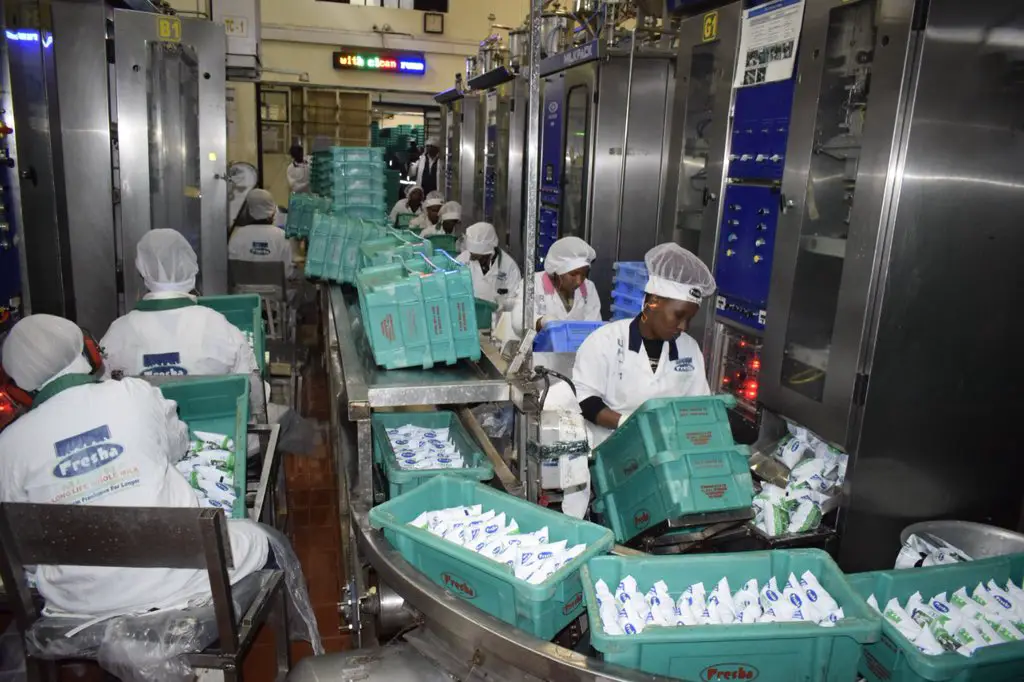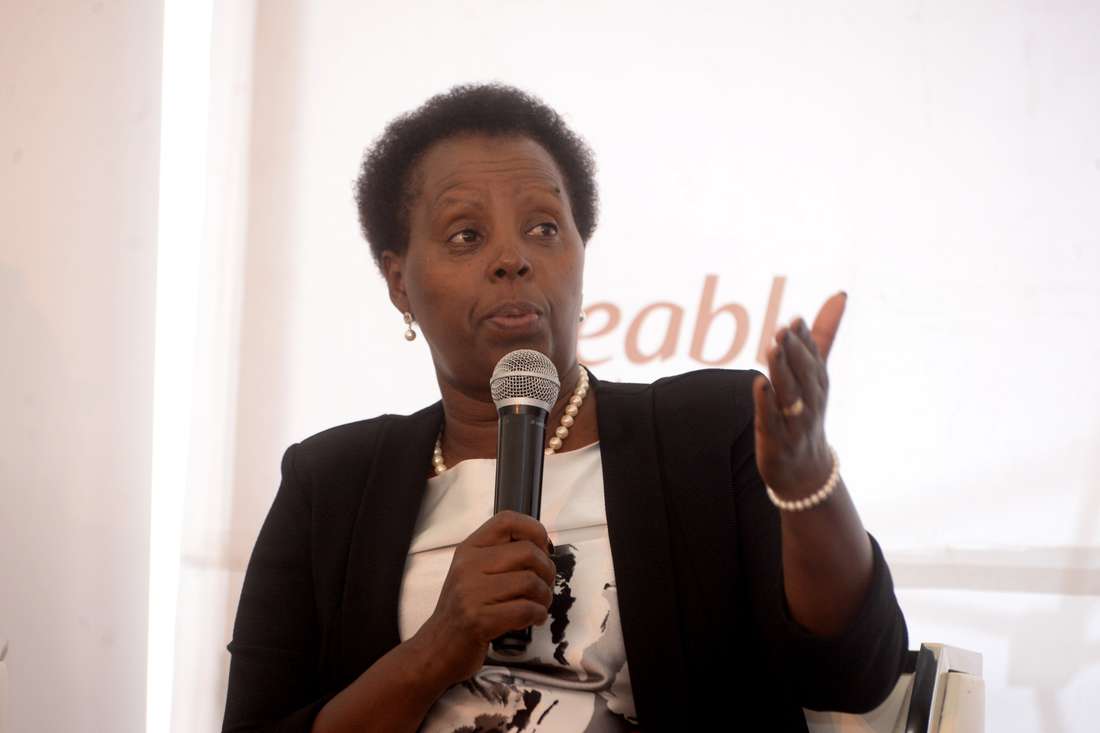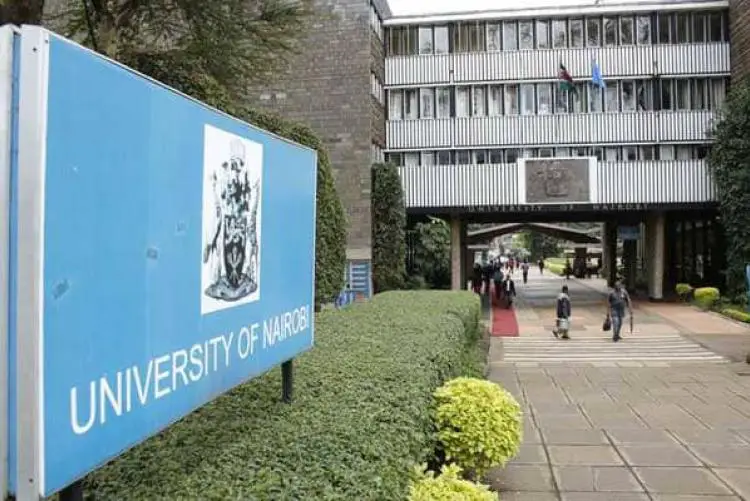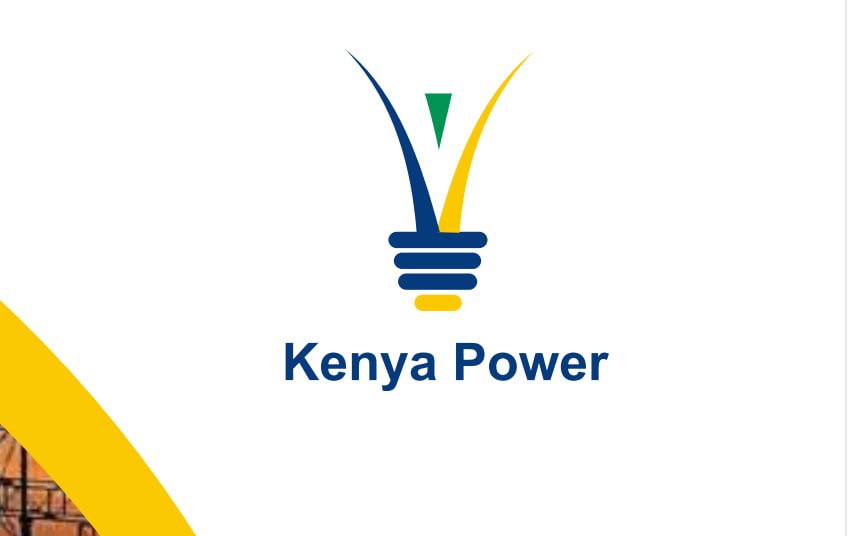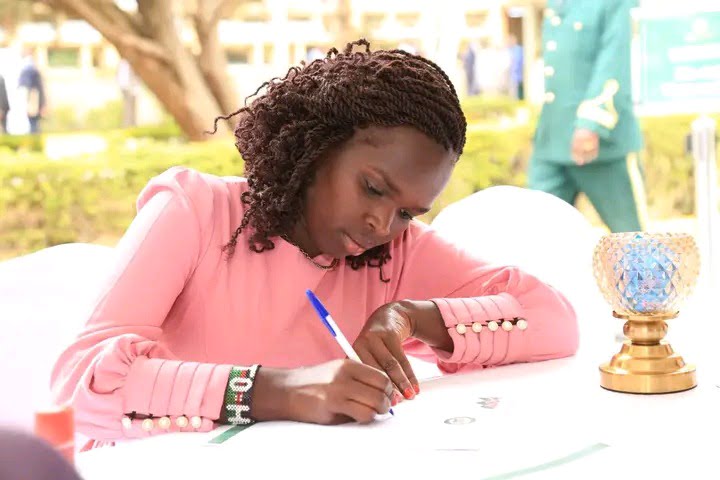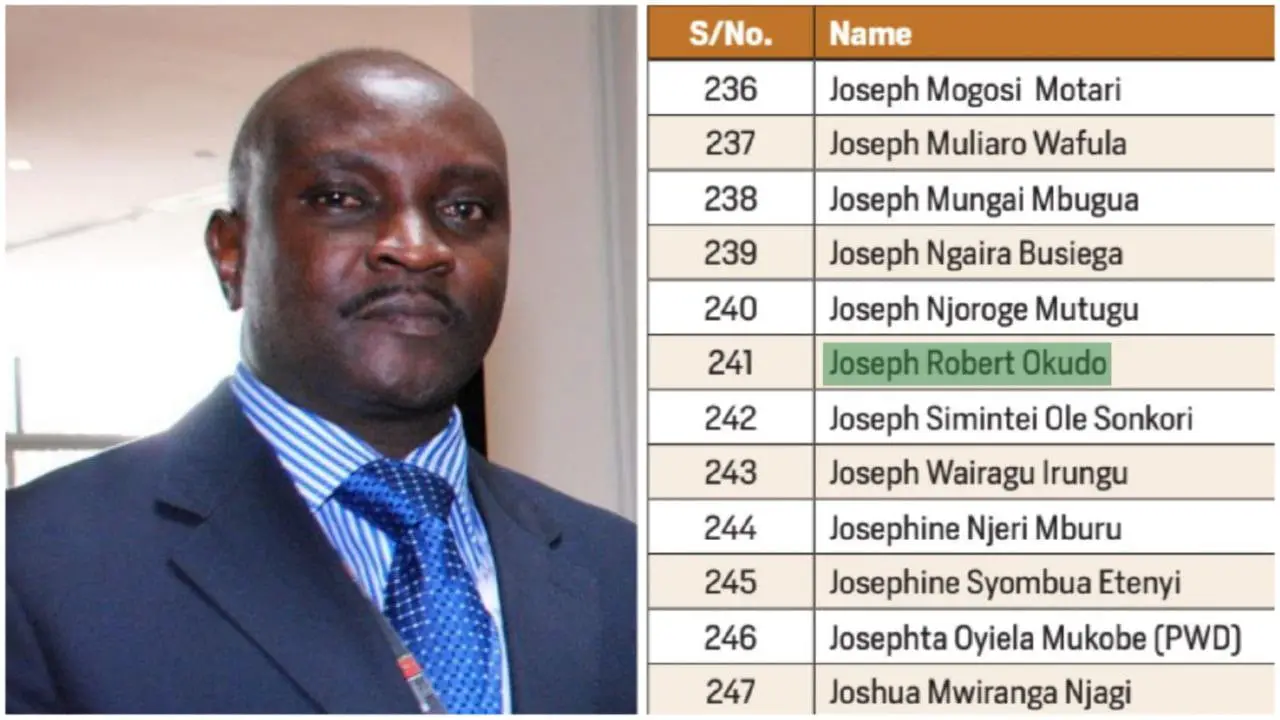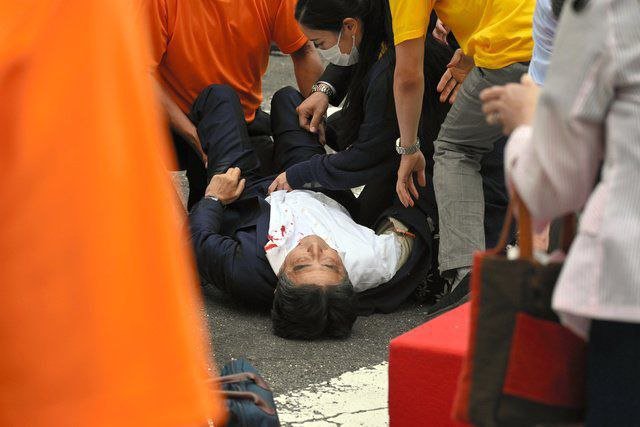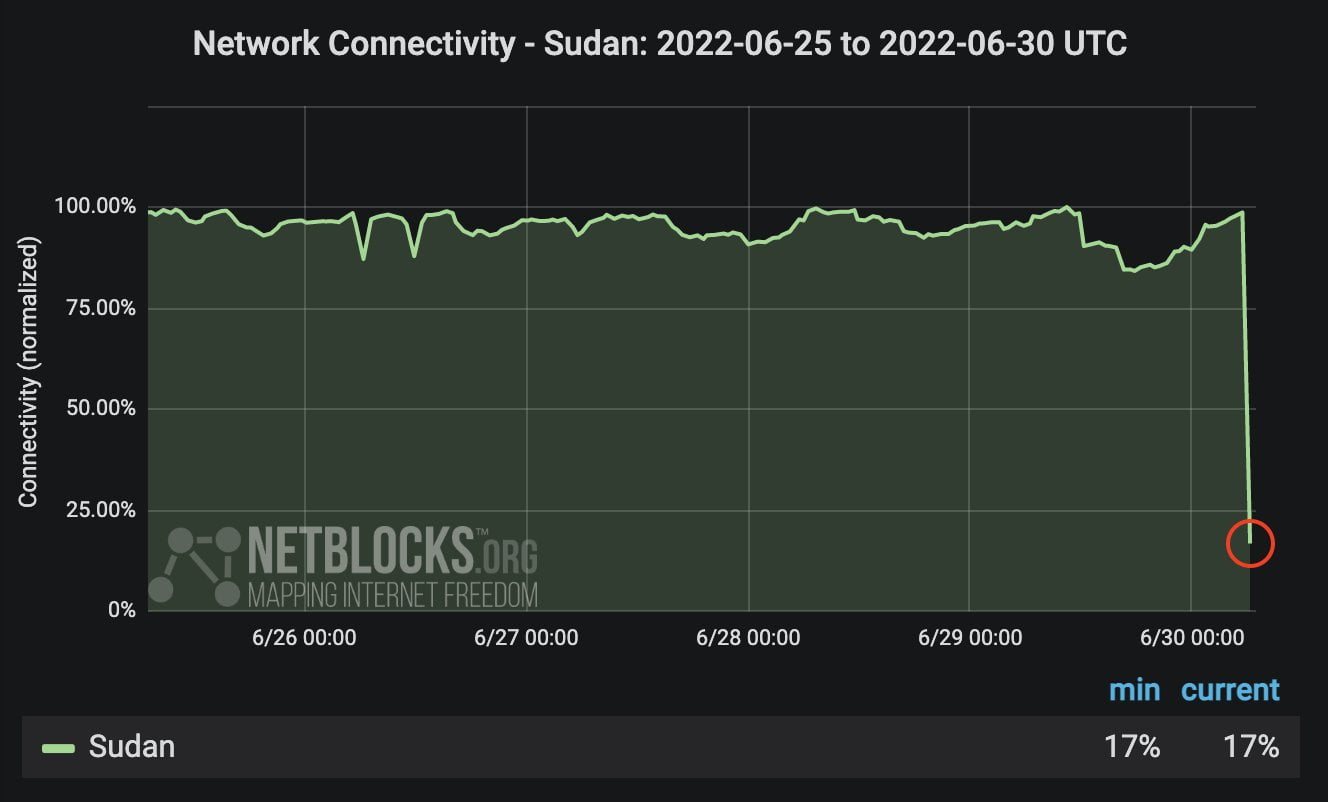
By Renjit Mon (BSc.Engg.Elect.)
It dates back to 2002, while Hon. Daniel ArapMoi was in his last year as the President of Kenya. I wrote a letter to him to adapt Electronic Voting System to avoid election disputes and violence in future. The letter was forwarded to the defunct Electoral Commission of Kenya (ECK) and I received a reply from Hon.(late) S.M. Kivuitu, the Chairman.
It is still unknown why his decision to implement electronic voting in Kenya was dropped. Otherwise it could save the lives of about 1,133 Kenyans and displacement of 650,000 others in 2007-2008 post election violence.
It was quite casually, I, being an electronic engineer conversant with designing control circuits, thought of making an electronic voting machine and succeeded to bring out Kenya’s own Electronic Ballot Box (EBB) in 2004.
Media (especially KTN) and news papers gave very good coverage about the machine at that time and in later years.
One time Kenya Times published full 2-page report in detail with a cover picture on the magazine which yet went “un noticed” by the government authorities. I sent detailed letters and features of the machine to Hon. Kivuitu after making the machine by courier twice or more, but surprisingly he remained silent on it.
Independent Electoral and Boundaries Commission (IEBC) chairman Ahmed Issack Hassan also did the same to the mail I sent to him about the Kenyan voting machine with its pictures and features. I still don’t know why I didn’t get any response – perhaps it’s the assumption of the quality of the machine made in Kenya, which, indeed, is of global standards in performance, or due to some other hidden reasons.
In 2008, the Independent Review Commission (Kriegler Commission) invited me for a demonstration of the voting machine.The Commission was very much impressed about the working of the machine. Most of the commissioners were seeing an electronic voting machine first time. The chairman of the commission Johann Kriegler commented: “the machine is good”, following by a question with a smile: “ Renjit, do you think this machine can work in Kenya?”
This machine was developed to conduct free and fair elections in Kenya and to assemble in least developed rural areas in the country giving job opportunities for hundreds of unemployed youth, particularly women. In every constituency one assembly unit can be set up and demonstrations and mock elections can be conducted among the public to familiarize the use of the machine which is very simple.
The electronic voting machine, which can more precisely be called as Electronic Ballot Box (EBB) is not sophisticated. This is made without voter identification feature.
Following are the main features and advantages of Kenya’s EBB, superior to those made in some foreign countries, known as EVM (Electronic Voting Machine) :-
- It is based on Intel Microprocessor and unauthorized operation is prevented by a security password.
- The machine is powered by an inbuilt explosion-proof, maintenance-free rechargeable battery, which is widely available in the local market. Where electricity is available, the machine can work on mains and at the same time charging the internal battery. When no electricity is present, it can work on the battery for about 15 hours.
- It is a high speed voting machine which can avoid long queue of voters.
- To set up the EBB in a polling booth, the time taken will be less than 15 minutes.
- In case of polling booth violence, the machine can be shut down by pressing its “CLOSE” button saving all the votes cast in its memory and can restart it to continue voting when the situation is normal.
- The same machine counts the votes of all the candidates. It takes hardly 3 -4 seconds to count the votes of one candidate on an LED display. ( If voting is closed at 6 PM, the entire results in the country will be out next day.)
- The EBB uses no ballot paper and the voting process is so simple that even an illiterate voter can vote easily by pressing a button against the name of the candidate. Acceptance of the vote will be confirmed to the voter and the presiding officer by an LED indication and beep sound
- The machine will not accept multiple votes (it will accept only one vote, even if the voter tries to vote again by pressing the button or tries to press more than one button at a time)
- There is no invalid or spoilt vote in the machine. Every vote cast is validated.
- The EBB has no access port to connect to an external PC or device. This prevents changing the program or manipulating the results.
- It has no internet connectivity and so cannot be hacked.
- The results will be stored in the memory of the machine for 6 years or so, even without the operating battery or power.
- The machines can be assembled by non-technical people by a short training session. It is easier than assembling a computer. The assembly of the machine kits can be done in rural area. For this no machinery or special equipment is required.
- Counting will be done immediately after the election at the respective polling booths in front of candidates’ representatives and observers without moving the machine to elsewhere. The results can be transmitted through mobile phone network to the constituency head office and the final tallying centre.
- This will be a one-time investment which will be less than the present cost of a single general election. For subsequent elections negligible cost for battery replacement and maintenance only involved. This will save billions of shillings of the tax payers.
Evidently, the use of this machine can benefit the country economically, environmentally and socially.
The prototype machine which was made about 15 years ago in Nairobi, is in Kisumu where I am staying now.
The final product will have a different appearance from the prototype (pictured), which a company in India agreed to produce as per the design in semi knock down (SKD) kit form to assemble locally.
I made several attempts to meet HE Hon. Uhuru Kenyatta to present the electronic voting project for the country, but couldn’t succeed. I sent requests to the State House comptroller as well for an appointment with the President.
I wished any leader with an enterprising and technical mind could support the idea of this modern voting process.
The basic model can be upgraded with voter identification features as shown in the attached flow chart but can cost more.
However, it is better to have the machine less sophisticated.
Let Kenyans proudly vote using their own voting machine, made by them. – The best way forward for a fair and transparent election.
Pictures and documents




